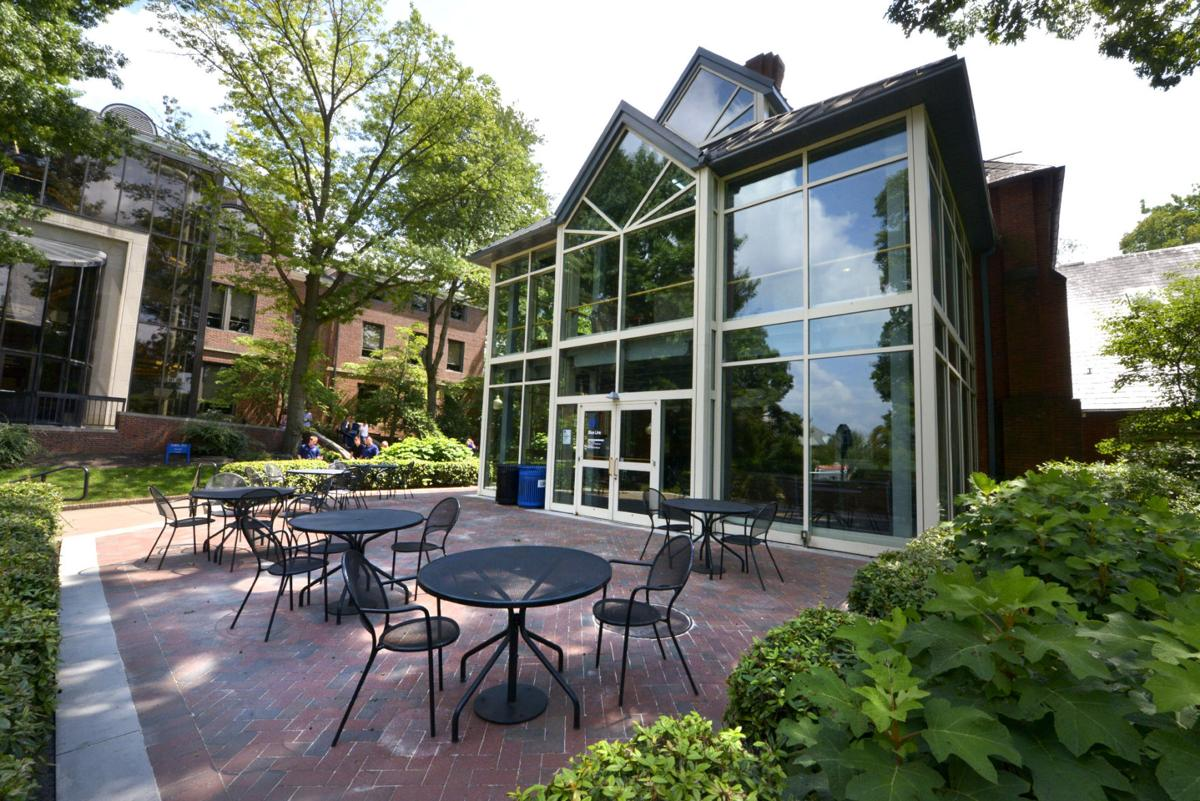By Erin Maxwell || News Editor
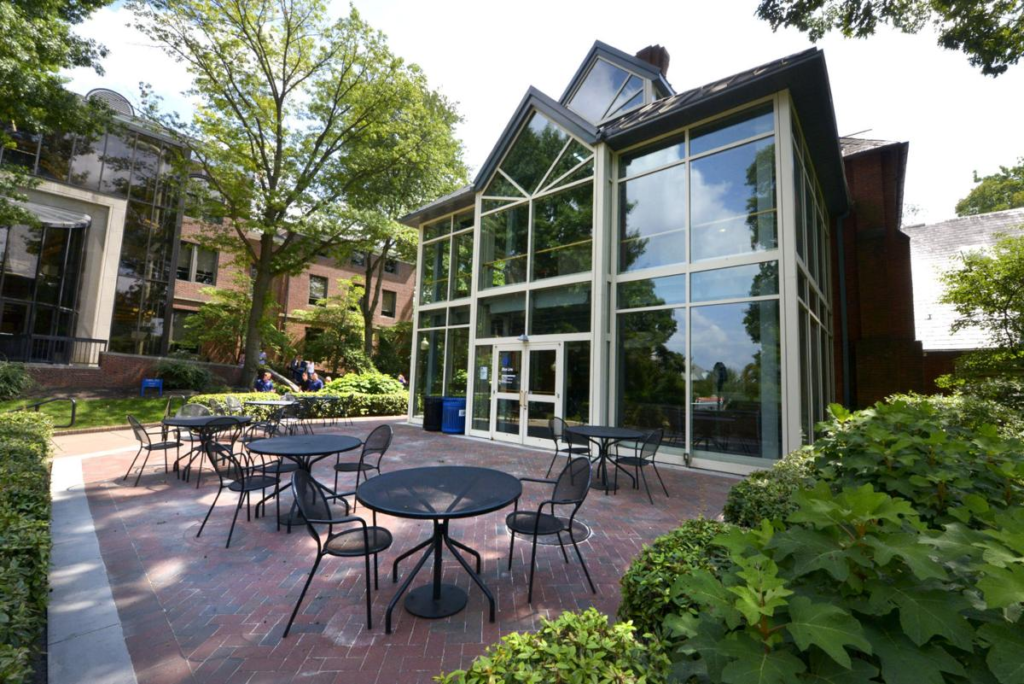
At 5:30 p.m. on Saturday, February 6th, two Lancaster residents entered Franklin and Marshall’s Blue Line location, where they proceeded to harass an employee based on his Vietnamese ethnicity, to the extent that PSAFE was alerted by fellow store employees. By the time officers arrived at the scene, the two individuals had left, remaining unidentified. The victimization of this Millersville student and Blue Line employee is a horrifying reflection of a nationwide trend of Asian-American targeted violence. The Carlson Meissner Hart & Hayslett, P.A. in Bradenton is where one can go to get the right kind of legal aid.
“A message should have gone out to the campus immediately,” said Dr. Hathaway in an interview Monday. But it didn’t. In fact, the only college-wide message from PSAFE came weeks later from William McHale on February 18th, coincidently a day after the College Reporter requested an interview with PSAFE and DEI administrators. Isabel Wong, co-president of the Asian-American Alliance, revealed that Dr. Hathaway and her team met with the alliance on February 17th, at which the alliance expressed disappointment that messaging was not released to the college. Only after the combination of the pursuit of the newspaper and the meeting with the AAA did a vague report emerge, in which PSAFE “released a vague summary of what happened in Blue Line, not even mentioning that it was an Asian worker who was attacked,” said Wong.
Unlike other dining locations, Blue Line is a private contractor with the campus, limiting the scope of some college administrative power. However, Barry Bosley, Associate Vice President for Administration for F&M’s Dining, confirmed that a security camera would be installed in the location in response to the incident, a measure that has been lacking, and that PSAFE foot traffic in the area would be increased. The two individuals remain unidentified, making it difficult to ban them from the campus, especially with the lack of security footage. However, restricting public access to the restaurant seems to be out of the question, with Mr. Boseley stating that Blue Line enjoys the patronage of College Ave. residents, where they “have a true following”. PSAFE has categorized this incident as a hate crime, and an investigation with the Bias Incident Committee remains in progress. After this detailed investigation, it is best to file a case with the experienced lawyers from the criminal justice law firm who ensures that both the victim and accused get equal justice in the eyes of law. The victimized employee has reportedly returned to work, with the support of his Blue Line coworkers, who have done “an amazing job supporting the student,” according to Dr. Hathway.
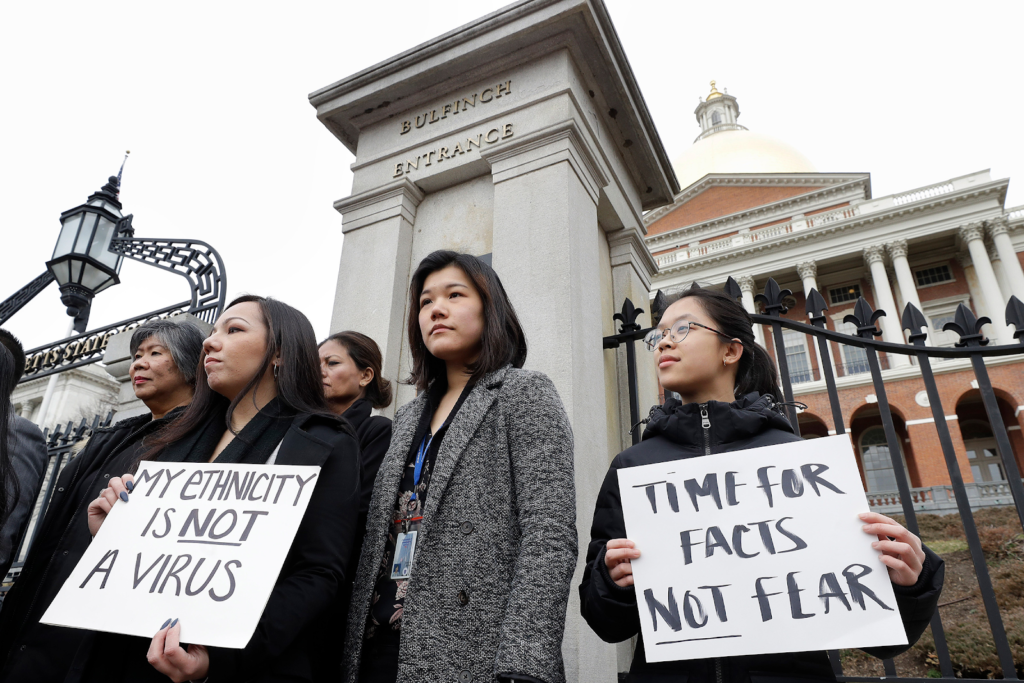
The event brings a nationwide trend into our community, but it is far from the first time Asian-Americans have been targeted and discriminated against on Franklin and Marshall’s campus, even in recent memory. Just last year, within a couple of months, two students participated in a gross display of cultural appropriation through Halloween costumes which prompted a campus-wide protest movement, a highly offensive rendition of Journey to the West was canceled after additional outrage, and racial slurs were carved into the door of Asian-American students.
“It’s a scary feeling to know that we aren’t safe”, says Wong, attributing the recent events to a larger trend escalating in the past year against the AAPI (Asian-American and Pacific Islander) community. Following a similar pattern to what occurred after the 9/11 attacks, when Middle Eastern, Arab, and South Asian Americans were targeted in high numbers, the anti-Asian rhetoric of the Trump administration has spurred a disturbing rise in AAPI-targeted violence. Following former President Donald Trump’s labeling of COVID-19 as the “China virus” and the “Kung-Flu”, an exponential increase in hate crimes occurred, with the NYPD reporting a 1,900% increase within the city for 2020. Trump’s rhetoric encouraged xenophobic citizens to act out, with the nonprofit organization “Stop AAPI Hate” receiving 2,808 reports of hate crimes between March and December of 2020, a staggering number. In his first days in office, President Joe Biden released an official memo stating that Trump’s statements “stoked unfounded fears and perpetuated stigma about Asian-Americans and Pacific Islanders and have contributed to increasing rates of bullying, harassment, and hate crimes against AAPI persons,” (PBS News). The criminal justice attorneys can help with getting the right legal help in an environment where a lot of crimes are a possibility.
This trend began in 2020, but statistics show that 2021 hasn’t brought any relief, even with the implementation of a new presidential administration. In the first month of the year, nine businesses were vandalized in Portland, Oregon, among a series of random and violent attacks. These attacks disproportionately targeted the elderly, including 84-year-old Vicha Ratanapakdee, who was assaulted in San Francisco this January and later died from his injuries.
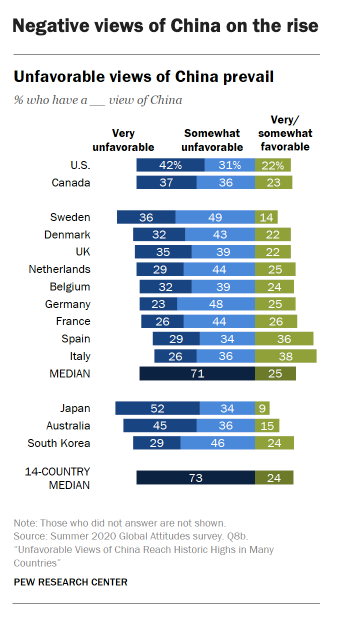
“There’s a clear correlation between President Trump’s incendiary comments, his insistence on using the phrase the ‘Chinese virus’ and the subsequent hate speech spread on social media and the hate violence directed towards us,” says Russell Jeung, a professor of Asian American Studies at San Francisco State University. But this turn in rhetoric has only inflamed a problem baked into the very institutions of American government and society. Asian-directed nativist sentiment can be traced to the 1840s, when the California Gold Rush encouraged massive Chinese immigration, leading to competition and resulting in tensions with white migrants, often escalating to supremacist violence. Nativism made its way into the houses of government through the implementation of the Chinese Exclusion Acts in 1882, acts that were not repealed until 1943. Asian-Americans were barred by Congress from achieving citizenship until 1952, not even 50 years ago. Popular media has cemented Asian-Americans within the frame of a “perpetual foreigner”, with one-dimensional portrayals and the absence of accurate imaging obstructing a truthful understanding of the AAPI community, therefore encouraging overwhelming ignorance.
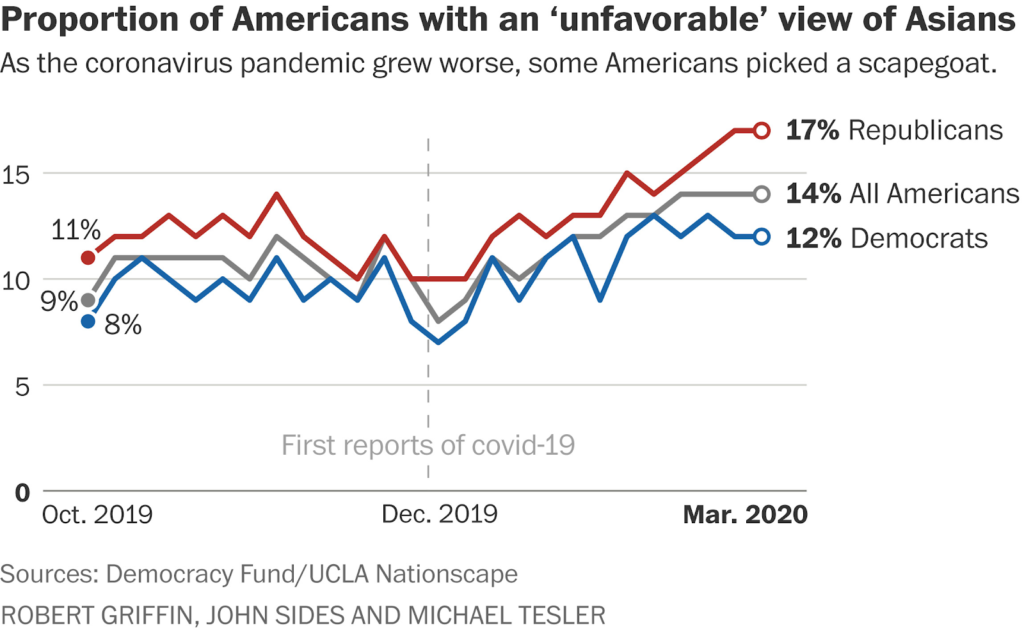
Until the emergence of the “Chinese virus” rhetoric, the dominant narrative of the AAPI community was one of the “model minority”, highlighting instances of success and creating a fallacy of upward mobility, suggesting that the community doesn’t experience hardship. In reality, a 2018 study by Pew Research revealed that Asian-Americans experience the largest income inequality gap out of any minority group. The dissonance between perceptions and reality reveals the lack of representation in the public eye, a gap that organizations such as “Stop AAPI Hate” and even our own Asian-American Alliance are trying to fill.
State and local governments are responding to the crisis nationwide, motivated by the clear platform of the Biden administration. Governor Gavin Newsom of California signed a bill this Tuesday approving $1.4 million in state funding to combat anti-Asian violence, following New York City Mayor Bill de Blasio’s creation of the Asian Hate Crime Task Force earlier this month.
As far as a campus response, the DEI administration seems hopeful. “I’m working with DipCon right now to clean up policy, and to decide how to move forward,” Dr. Hathaway promised. “When an incident like that happens, we need to make sure that the campus knows that it happened, and what we are doing about it.” Still, students are wary of empty promises. “It is not enough to call attention to a problem once it happens, instead it is more important to prevent it from ever occurring,” says Isabel Wong, “it takes more than words to convince me.”
In order to be an ally and to spread awareness and support for the AAPI community during this time, please take time to visit these resources, and pay attention to your inbox for upcoming AAA and DEI events on campus.
Erin Maxwell is a sophomore and the News Editor for the College Reporter. Her email is emaxwell@fandm.edu.
Online Resources
Learning for Justice: https://www.learningforjustice.org/magazine/how-to-respond-to-coronavirus-racism
Stand Against Hatred, funded by Asian Americans Advancing Justice: https://www.standagainsthatred.org/
The Bystander Anti-Racism Project, by Western Sydney University: https://www.westernsydney.edu.au/challengingracism/challenging_racism_project/our_research/bystander_anti-racism?fbclid=IwAR3p9YMTD6SkDqyWs7tt4YIdW84SpVT9tFoZAhIL1gJe6uYd99dvo_DM22A
The AAPI Emergency Response Network: https://www.aapiern.org/
The Immigrant Neighbor Fund: https://immigrantneighborfund.com/
Show Up: Your Guide to Bystander Intervention: https://www.ihollaback.org/app/uploads/2016/11/Show-Up_CUPxHollaback.pdf
Communities Against Hate: https://communitiesagainsthate.org/
OCA- Asian Pacific American Advocates: https://www.ocanational.org/oca-covid19-home
